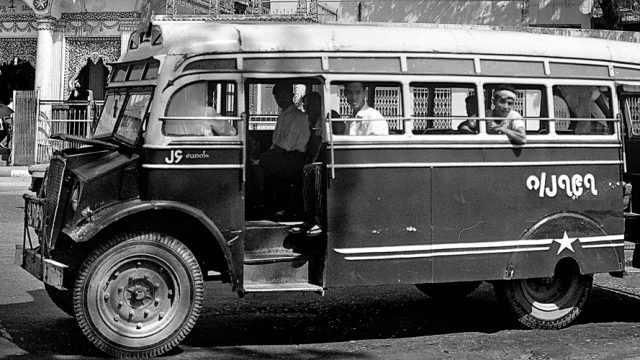Over the past month, news channels have relentlessly been broadcasting heartbreaking pictures of Rohingya Muslims fleeing for their lives from Myanmar. The minority has alleged large-scale persecution at the hands of the army in Rakhine state. While the world debates the country’s de facto leader Aung San Suu Kyi’s Nobel Peace Prize, it is hard to remember a Burma that wasn’t torn by religious strife or political disarray.
Before the Japanese invasion during World War II and the exodus of Indians from the country, Burma was a prosperous province of the British empire and attracted migrants from all over the world. Rangoon (now Yangon) was the political and commercial capital, and promised fortunes in agriculture and industry. In his book Burma, John L. Christian calls Rangoon “a city of electric light, paved streets, cinemas and night spots with gaudy neon signs”. We dug out archival images of Rangoon from the early 1900s, a cosmopolitan city throbbing with vitality and diversity.

A bus stops to pick up commuters in front of the Sule Pagoda, a monument that would later become the focal point of multiple political uprisings;

jeep-borne revellers are doused by a battery of water hoses as they move through the streets during a water festival that celebrates the Buddhist rite of washing away sins;

and a busy market street throngs with commercial activity typical to the Rangoon of the time. These idyllic moments frozen in time present a stark contrast to present-day Burma, or Myanmar as we know it today.




